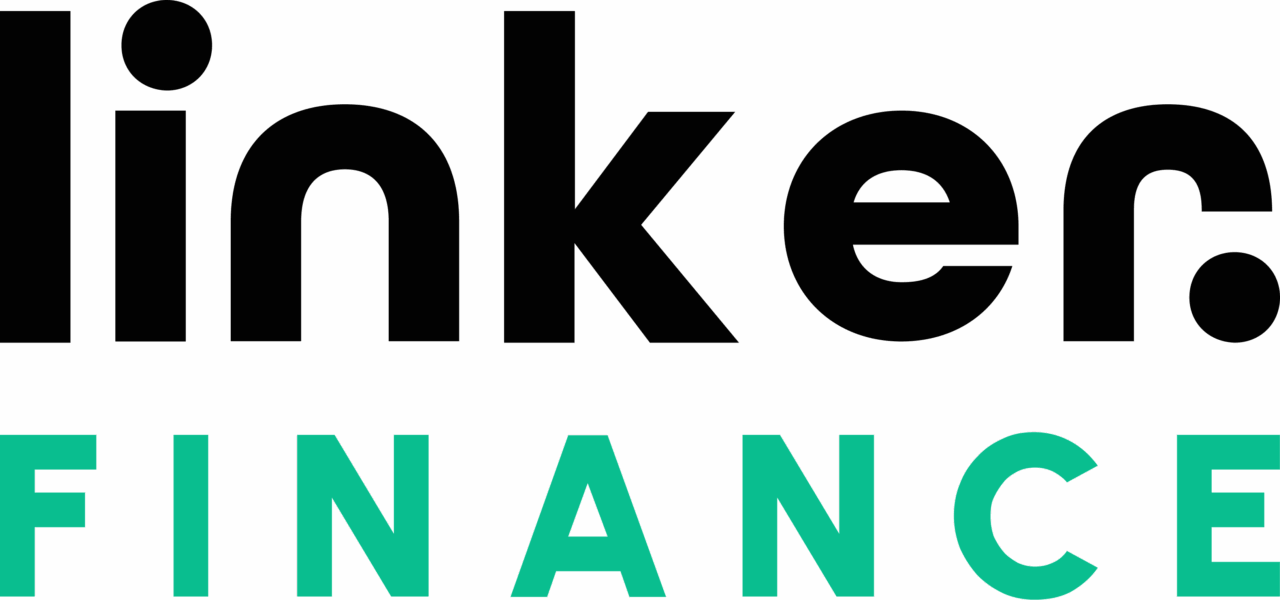As Merchants Decline use of Checks, Community Banks Face a Make-or-Break Moment
Small merchants are increasingly choosing not to accept customer checks. That decision isn’t anecdotal: major retailers have publicly stopped taking paper checks, citing “extremely low volumes,” and dozens of smaller merchants are following suit. As reported in American Banker, Target and other chains cited declining use and manual processing burdens when they abandoned checks in their stores last year.
Federal data make the trend obvious. The Federal Reserve’s most recent payment diaries and studies show check use continuing to contract: consumers used checks for only a small share of payments in 2023, and business respondents in Federal Reserve–sponsored research report plans to use even fewer going forward. In short, the payment rails that sustained low-tech commerce for decades are shrinking.
Why Small Businesses Are Opting Out of Paper Checks
Three practical drivers push merchants away from checks:
1. Reducing Administrative Cost and Processing Friction
Businesses pay staff to process, endorse, reconcile, and deposit checks, whereas ACH initiation or card routing typically costs less per transaction. As noted by NACHA — the governing organization of the ACH network — ACH initiation costs for businesses are often measured in pennies per transaction versus far higher labor and exception costs tied to checks.
2. Mitigating Check Fraud and Financial Risk
Check fraud — stolen checks, forged endorsements, and check-washing —remains a material threat for SMBs that lack sophisticated fraud detection tools. Several industry observers, including Forbes, have pointed to targeted fraud as a key reason firms are accelerating their migration away from paper.
3. Meeting Demand for Instant Settlement and Speed
American Banker notes that consumers and business buyers now expect instant or near-instant settlement. Checks slow checkout, complicate reconciliation, and lengthen cash conversion cycles. Retailers have explicitly cited manual check processing as a drag on throughput.
Implications for Community and Regional Banks
When customers stop using checks, banks don’t merely watch a payment method fade—they see changes in the economics and relationships that built their deposit franchises.
The Threat to Deposit Float and Liquidity Management
Checks historically created “float” and predictable deposit flows. As McKinsey research notes, faster electronic payment rails change timing and liquidity profiles. Banks must retool liquidity management and forecasting as the float compresses.
Protecting and Monetizing Noninterest Income Under Check Decline
Some fee lines tied to paper processing, returned items, and branch handling may decline—an aftereffect identified by the Consumer Financial Protection Bureau. Concurrently, banks that provide value-added electronic solutions (RDC, ACH origination, same-day ACH, instant payments access) can generate new fees or deepen deposit relationships. The ongoing Congressional and consumer debates over overdraft and NSF fees further show that banks can’t simply replace old fee income without thoughtful product redesign.
Commercial Relationship Risk: Losing SMBs to FinTechs
Small businesses that lose banking convenience or payments capabilities are more likely to seek alternative providers—third-party processors, fintechs, or big-tech rails. Banks that fail to offer easy, low-cost replacement options risk losing both deposits and payment volume. As reported in American Banker, banks are under increasing pressure to help clients migrate from checks and make the business case for electronic alternatives.
Four Opportunities Where Banks Must Invest
For C-suite bankers, this shift represents a strategic opening — if acted on deliberately:
1. Making RDC the Standard On-Ramp to Digital Services
Remote deposit capture (RDC) and mobile deposit services reduce friction for businesses that still receive checks (payroll, rent, contractor payments) while keeping those deposits on the balance sheet. The FDIC and industry primers explain how RDC cuts costs and speeds cash conversion. Position RDC as an on-ramp to broader electronic services.
2. Bundling ACH Origination and Instant Payment Advisory
The bulk of B2B payments can move to ACH or to new instant-payment rails. As reported in Federal Reserve business payments insights, many commercial entities view ACH as cheaper and are open to using fewer checks — but they need education and implementation help. Banks that bundle ACH setup, fraud controls, and reconciliation tools will win share.
3. Selling Fraud Reduction via Positive Pay and Reconciliation Tools
Offer positive pay, ACH debit filters, and integrated reconciliation dashboards, as recommended in Forbes. For many SMBs, the decision to abandon checks hinges on confidence that receivables and payables will still reconcile cleanly and securely. Show the math: lower exception costs + fewer returns = faster cash flow.
4. Partnering with FinTechs for Enhanced Merchant UX
Instant wallets, card-not-present processors, and pay-by-bank rails (RTP/FedNow) are proliferating. Banks should selectively partner or white-label front-end solutions rather than replicate every capability in-house, keeping the deposit relationship while outsourcing UX. Time and other outlets have reported how instant rails are already reshaping the market for that play.
The Tactical 12-Month Playbook for Bank Leadership
- Audit your commercial book. Identify clients with high check volumes and quantify the revenue and operational footprint tied to those checks—beginning with your top 200 relationships. This is among the Federal Reserve’s core recommendations in its Payments Insights Brief.
- Create a “check exit” package. The FDIC suggests that such a review include:
-
- RDC
- ACH origination
- A reconciliation tool
- Promotional waived fees for 90 days
Train frontline commercial bankers on the pitch.
- Price for value, not nostalgia. The Consumer Financial Protection Bureau has advised banks to move away from charging for branch check handling and instead monetize faster settlements, fraud protections, and reconciliation services, while closely monitoring regulatory and consumer trends in fee policy.
- Pilot instant payments for select segments. Mortgage servicers, property managers, and B2B suppliers often benefit most from instant rails. Demonstrate reduced DSO and win-back potential, as covered by Time.
Be an SMB Payments Adviser, Not a Legacy Gatekeeper
The decline of bank services like the safe deposit box and the check, is more than an operational story; it’s a relationship test. Banks that proactively help small businesses convert away from paper will protect deposits, create new fee streams, and deepen commercial ties. Those that wait for customers to self-select into fintech ecosystems risk watching both payments flow — and deposits — leave their balance sheets.
Both regulators and the financial press seem to agree that the industry’s best defensive posture is, in fact, an offensive one: build low-friction alternatives, sell the fraud and cost advantages, and partner on user experience. Do that, and your bank remains the obvious place where a small business keeps its cash—even when it no longer accepts checks.



















